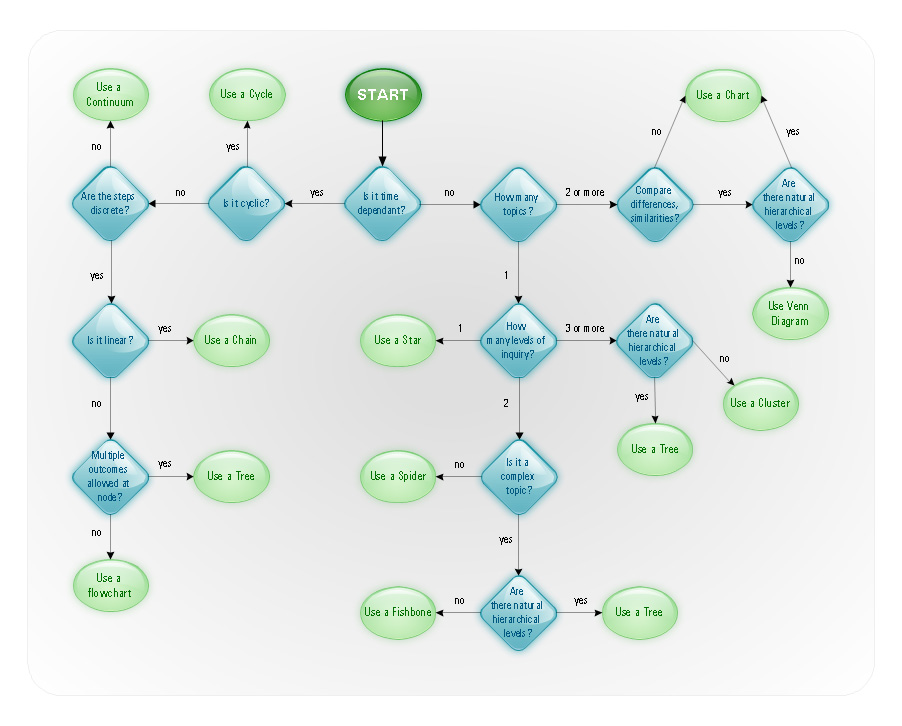"In mathematics, the Euclidean algorithm, or Euclid's algorithm, is a method for computing the greatest common divisor (GCD) of two (usually positive) integers, also known as the greatest common factor (GCF) or highest common factor (HCF). ...
The GCD of two positive integers is the largest integer that divides both of them without leaving a remainder (the GCD of two integers in general is defined in a more subtle way).
In its simplest form, Euclid's algorithm starts with a pair of positive integers, and forms a new pair that consists of the smaller number and the difference between the larger and smaller numbers. The process repeats until the numbers in the pair are equal. That number then is the greatest common divisor of the original pair of integers.
The main principle is that the GCD does not change if the smaller number is subtracted from the larger number. ... Since the larger of the two numbers is reduced, repeating this process gives successively smaller numbers, so this repetition will necessarily stop sooner or later - when the numbers are equal (if the process is attempted once more, one of the numbers will become 0)." [Euclidean algorithm. Wikipedia]
The flowchart example "Euclidean algorithm" was created using the ConceptDraw PRO diagramming and vector drawing software extended with the Mathematics solution from the Science and Education area of ConceptDraw Solution Park.
The GCD of two positive integers is the largest integer that divides both of them without leaving a remainder (the GCD of two integers in general is defined in a more subtle way).
In its simplest form, Euclid's algorithm starts with a pair of positive integers, and forms a new pair that consists of the smaller number and the difference between the larger and smaller numbers. The process repeats until the numbers in the pair are equal. That number then is the greatest common divisor of the original pair of integers.
The main principle is that the GCD does not change if the smaller number is subtracted from the larger number. ... Since the larger of the two numbers is reduced, repeating this process gives successively smaller numbers, so this repetition will necessarily stop sooner or later - when the numbers are equal (if the process is attempted once more, one of the numbers will become 0)." [Euclidean algorithm. Wikipedia]
The flowchart example "Euclidean algorithm" was created using the ConceptDraw PRO diagramming and vector drawing software extended with the Mathematics solution from the Science and Education area of ConceptDraw Solution Park.
Control and Information Architecture Diagrams (CIAD) with ConceptDraw PRO
One of the three main constituents of any enterprise is the Control and Information Architecture. The rest two are Production facilities and People and Organization.- Flow Chart For Division Of Two Numbers
- Flow Chart For Greatest Common Division Of Two Numbers
- Flowchart Hcf Of Two Numbers By Division Method
- Draw A Flow Chart Of Subtract Two Integers
- Euclidean algorithm - Flowchart | Flowchart Find The Gcd Of Two ...
- Flowchart Fot Division Of Two Integer Number
- Flowchart For Finding Gcd Of Two Positive Numbers
- Flowchart For Division
- Flow Chat For Dividing Two Number
- Flowchart That Divides Two Numbers
- Euclidean algorithm - Flowchart | With The Help Of An Example ...
- Euclidean algorithm - Flowchart | Process Flowchart | Flow chart ...
- Examples Of Division Flowcharts
- How To Make Flow Chart Of Division Of Two Numbers
- Flowchart For Substract Two Integers
- Simple Flowchart For Division
- Euclidean algorithm - Flowchart | Sales Process Flowchart ...
- Flowchart To Subtract Two Number
- Flowchart To Find Largest Of 4 Numbers
- Algorithm To Find The Greatest Of Two Numbers

